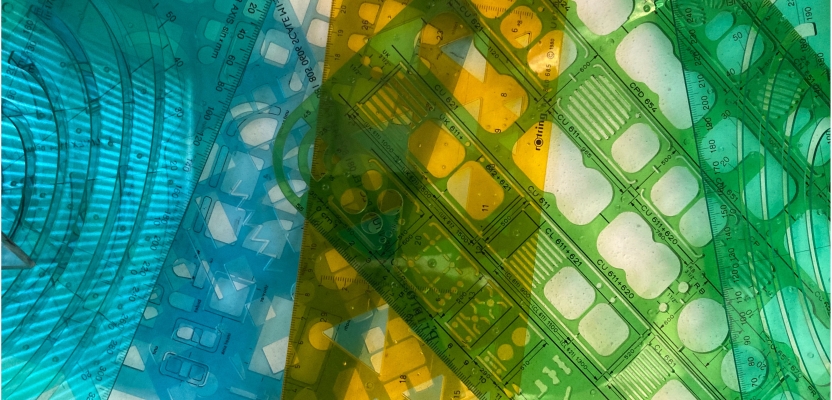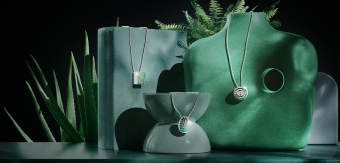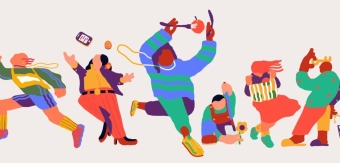Hanging up on the wall in the office there are a whole bunch of stencils that interior designers and architects used to use daily when setting out plans on paper. There’s everything in these glorious little plastic worlds, from tables to toilets, plants, people, plumbing; everything you need to figure out what a space can afford, to scale.
No-ones used them in decades here, so they’re reduced to a rather sad decorative role.
But they’re not completely obsolete. They put me in mind of the way we sometimes use the same process - in pixels rather than Rotting pens - using ‘precut’ blocks and symbols for setting out, or if you’re a fan of ‘atomic design, the atoms, molecules and organisms to build templates.
I know that many think in rather disparaging terms about ’templates’, but they are incredibly useful, and not only for speeding things up but also at more fundamental level - to help your various audiences get on the page as well.
Being able to recognise what’s going to appeal/be useful/to avoid helps us all, which is why movies and TV use the template - or the trope - the “storytelling device or convention, a shortcut for describing situations the storyteller can reasonably assume the audience will recognize.”
That certainly doesn’t mean a trope or a template needs to be disregarded as a just a lazy cliche. No-one (at least as far as I can find) thinks ’storytelling’ is a cliche. Or thousands of brands and their planing teams wouldn’t be using the term. Would they.
And yet there are (supposedly, arguably - or definitively according to Kurt Vonnegut) only “six core trajectories which form the building blocks of complex narratives.” And just having six ‘templates’ to start with doesn’t hold literature back.
Which brings me to the ’t-shapes’, and (if it is still a thing? I couldn’t say, but as an idea it stuck in my mind as a useful simile) how designer’s skills are framed - where being really good at one thing helps created ’t-branches’, or rather more usefully, bridges of understanding.
Apparently ’t’’s make for better teams, if you assemble the right combination of them, with the result of faster connections between them, and so accelrating the things they are building.
Of course, clearly, people aren’t ‘templates’ - we’re multitudes and not some simplistic trope. But it does help if we can quickly see the shape of things (even if it’s a little indistinct at first) and help us make sense of the world and the world of work.
For all of us looking to making better things, and having to make them faster, don’t overlook the t-shaped stuff.






